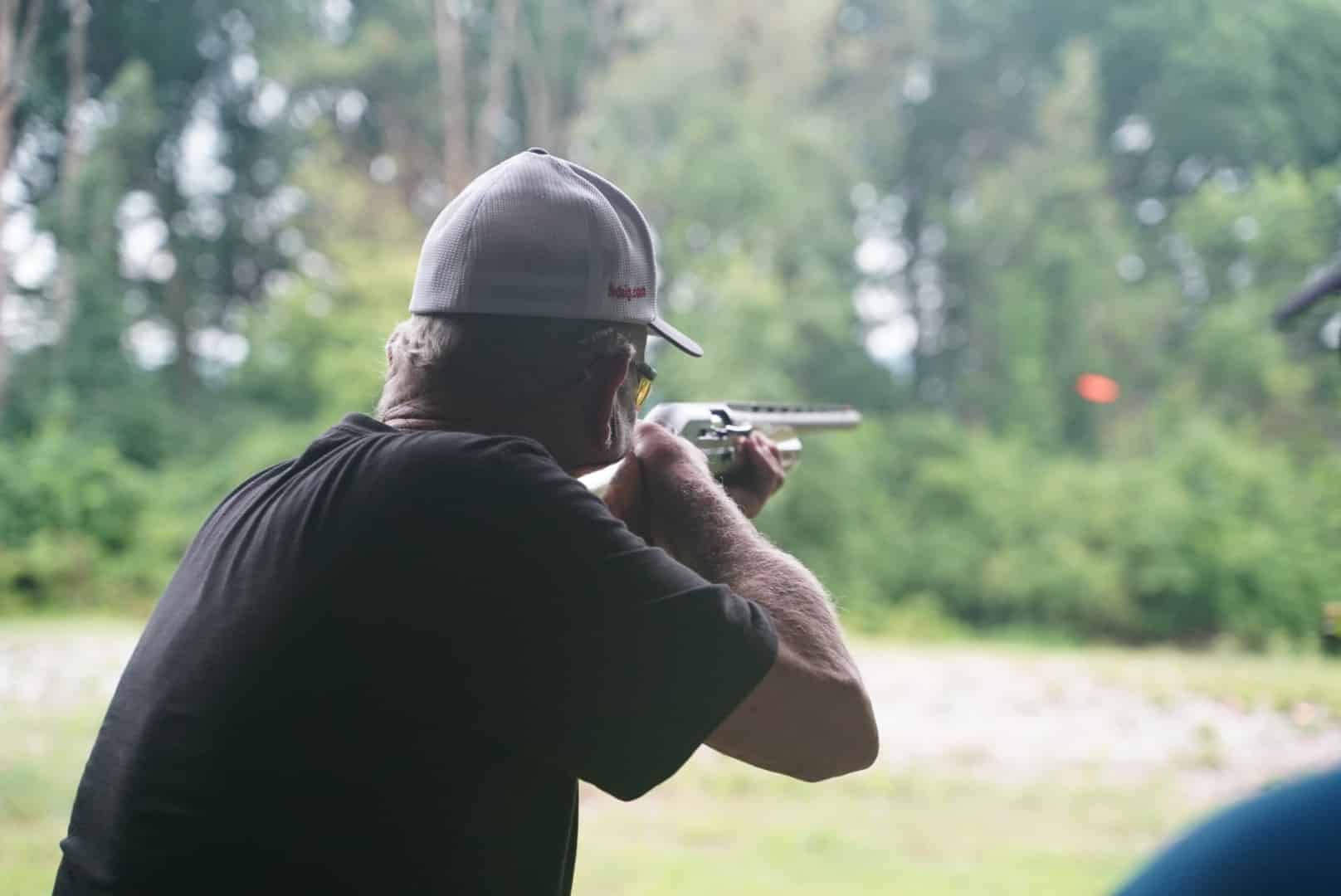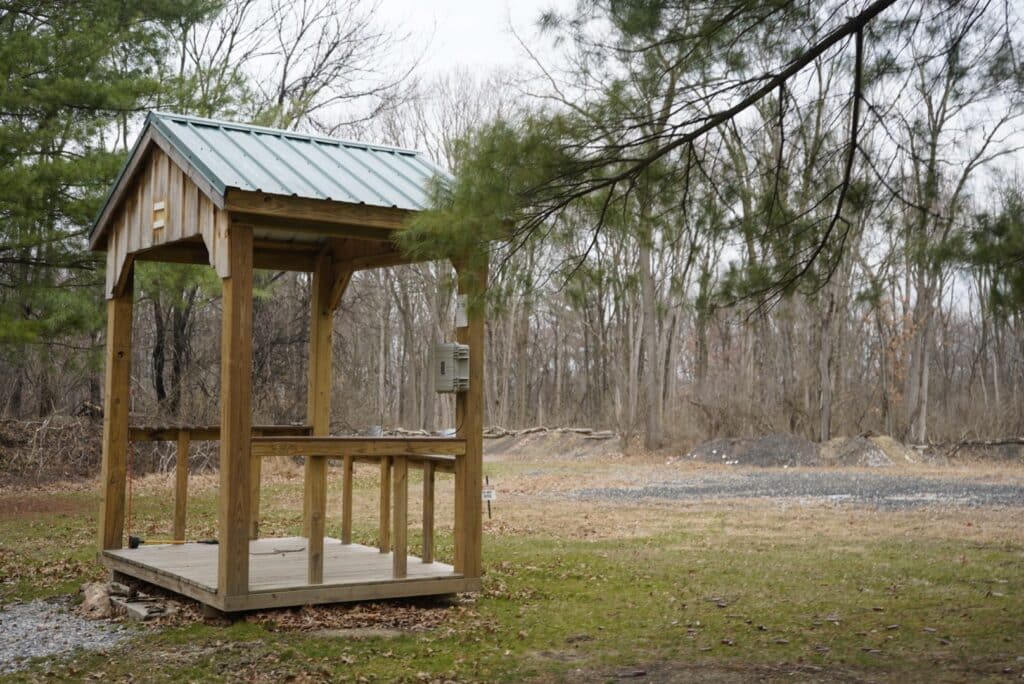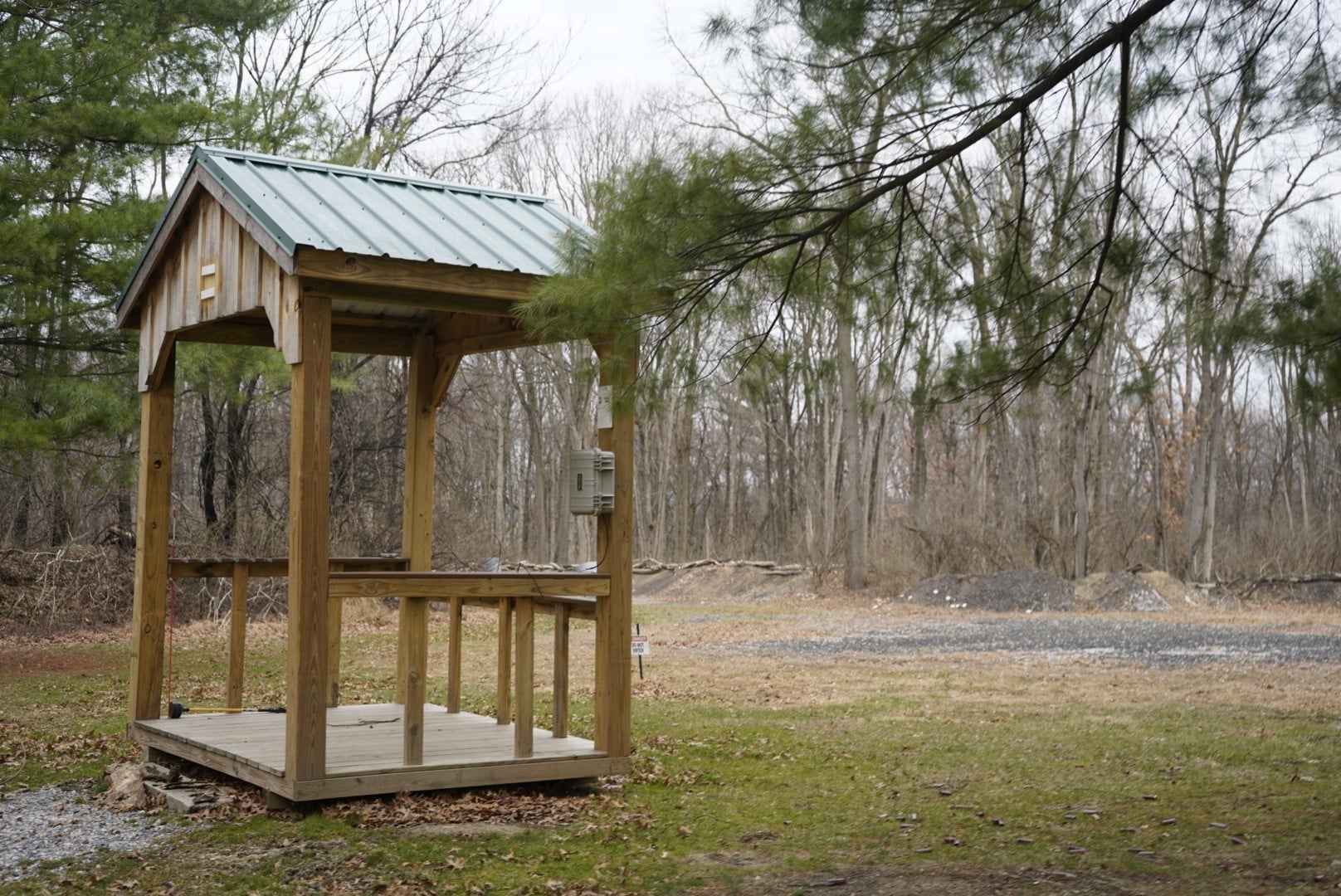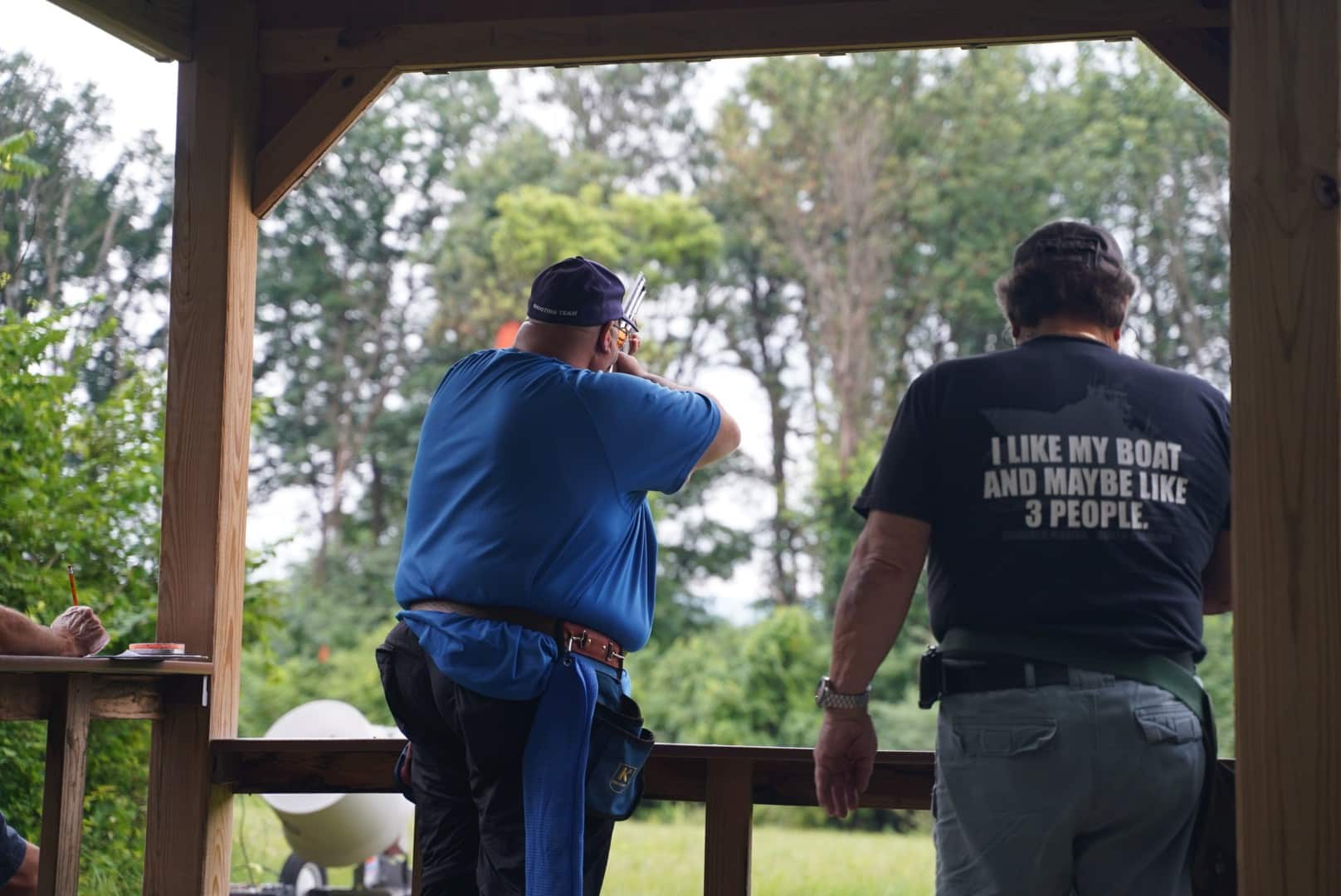
Many newcomers to shooting sports feel overwhelmed when they first encounter clay target shooting at their local range. This exciting sport challenges participants to hit flying clay discs with a shotgun, testing both reflexes and marksmanship skills. This guide breaks down the essential elements of clay target shooting, from basic equipment to fundamental techniques that help beginners build confidence on the range.
Clay Target Shooting
Clay target shooting transforms simple clay discs into moving targets that challenge shooters across different skill levels. Participants use shotguns to break these flying clay pigeons, which launch from mechanical devices called traps at various angles and speeds.
The sport simulates hunting scenarios without requiring live game, making it an excellent way for hunters to practice their marksmanship skills year-round.
Shooting ranges offer controlled environments where enthusiasts can develop proper aiming techniques and shooting form. Clay targets provide instant feedback since shooters can immediately see whether they hit or missed their target.
The Three Main Disciplines
Clay target shooting primarily consists of three popular disciplines: skeet, sporting clays, and five-stand. Each offers a unique way to challenge your shooting skills and experience varied target presentations.

Skeet Shooting
Skeet shooting involves targets launched from two fixed houses at opposite ends of a semicircular field. The clay targets cross paths in predictable patterns, making skeet ideal for beginners learning timing, lead, and consistent gun mount. Shooters move through eight stations, each offering slightly different shooting angles.
Sporting Clays
Often described as “golf with a shotgun,” sporting clays courses take shooters through multiple stations across varied terrain. Targets fly at different speeds, angles, and distances to simulate real hunting scenarios, requiring adaptability and refined tracking skills. A round typically includes 10 to 15 stations with two targets per station.
Five-Stand
Five-stand combines the structured nature of skeet with the variety of sporting clays in a compact area. Shooters rotate through five shooting positions facing targets launched from several trap machines set at different angles and heights. This format delivers diverse target presentations without the extensive walking required in sporting clays.
Together, these disciplines provide a comprehensive introduction to clay shooting, allowing shooters to develop foundational skills and find the style that best suits their interests and goals.
Key Elements of Clay Target shooting
To succeed in clay target shooting, beginners should focus on mastering several fundamental elements that form the foundation of consistent performance and enjoyment.

Proper Stance and Balance
A stable stance is essential for controlling recoil and maintaining accuracy. Shooters should stand with feet shoulder-width apart, leaning slightly forward on the balls of their feet. This balanced posture helps absorb shotgun recoil and allows smooth movement when tracking targets.
Gun Mounting and Fit
Bringing the shotgun steadily to the shoulder with consistent cheek placement on the stock is critical for accurate aiming. A properly fitted shotgun ensures comfortable mounting and aligns the shooter’s dominant eye naturally with the barrel, improving sighting and shot consistency.
Lead and Timing
Unlike stationary targets, clay pigeons require shooters to aim ahead of the moving target’s flight path—a technique known as “leading.” Good timing and smooth gun swings, combined with keen eye focus, enable successful breaks on flying targets.
Shotgun and Ammunition Selection
Choosing the right shotgun and choke tube affects shot pattern and range, while selecting proper ammunition helps control recoil and improves hit probability. Most shooters begin with 20 or 12 gauge shotguns paired with target loads designed for clay shooting.
Safety and Protective Gear
Safety is paramount in clay shooting. Protective eyewear and hearing protection shield against flying debris and loud gunshots. Following range safety rules and listening carefully to instructors ensure a secure shooting environment for all participants.
By focusing on these key elements, newcomers can build confidence, improve skills efficiently, and fully enjoy the challenge and thrill of clay target shooting.
Getting Started
Starting your clay target shooting journey is easier than you might think. With the right mindset, basic equipment, and a little guidance, you’ll be breaking clays confidently in no time.
1. Visit a Local Shooting Range
Choose a range that offers clay target shooting and provides rentals for shotguns, ammunition, and safety gear. Many ranges welcome beginners and offer beginner-friendly programs or intro lessons.
2. Rent Equipment Before Buying
Renting a shotgun and other gear lets you try the sport without a big upfront investment. It also helps you find the shotgun style and gauge that fits you best before making a purchase.
3. Take an Introductory Lesson
Professional instructors can teach you proper stance, gun mounting, aiming, and safety procedures. Private shotgun shooting lessons accelerate your learning curve and builds good habits from the start.
4. Focus on Safety First
Always wear eye and ear protection, follow range rules, and listen carefully to instructions. Safety is the foundation of every successful shooting experience.
5. Practice Regularly
Like any sport, consistent practice helps develop muscle memory, improves timing, and sharpens your skills. Start with easier disciplines like skeet or five-stand, then gradually explore sporting clays for more variety.

Conclusion
Clay target shooting is an exciting and rewarding sport that offers something for shooters of all skill levels. By understanding the core disciplines, mastering fundamental techniques, and prioritizing safety, beginners can quickly build confidence and enjoy the challenge of breaking flying clay targets.
Whether you’re looking to improve your marksmanship, prepare for hunting season, or simply try a fun new outdoor activity, clay shooting provides a great opportunity to develop focus, coordination, and discipline.
For those ready to take the first step, Wing Pointe offers an exceptional facility with expert instruction, rental equipment, and a welcoming environment designed especially for newcomers. Their variety of clay shooting disciplines and supportive staff ensure every visit is both educational and enjoyable.
Recent Posts

The Reopening of Keystone Clays as Wing Pointe Sporting Clays

How to Prepare for Your First Time Shooting Clays


